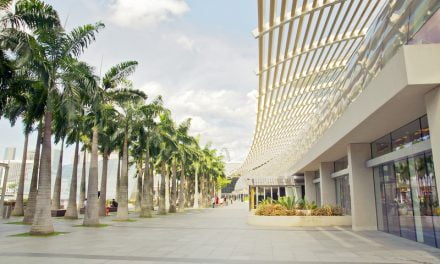Effective February 19, 2010, the interest rate charged by the Federal Reserve Bank (the Fed) to banks for emergency loans, also known as the discount window, was raised from 0.50% to 0.75%.
Despite the Fed downplaying this minor rate hike, many investors and economic pundits are seeing it as one of many anticipated maneuvers to gradually pull back the aid provided to the economy during the financial crisis.
first tuesday take: The discount window is an emergency source of funds used by banks to meet their daily deposit requirements, and does not directly affect consumers. The key rates to watch for brokers and agents looking to keep an eye on the market will be the short-term interest rates paid to banks leaving their money with the central Fed bank. When that rate goes up, it will directly affect the rates offered to borrowers looking for loans for real estate (among other consumer goods).
The Fed’s message to consumers continues to be, “Don’t panic.” To this end it has pronounced on multiple occasions their intention to keep rates low for an extended period of time. The issue facing the Fed is that keeping rates low for too long provides a fertile breeding ground for inflation and asset bubbles, which would as surely undermine the fragile recovery as would a too-swift correction. So the rates must rise, even as soon as next month. [For more information on key interest rates affecting real estate, see our most recent first tuesday Rate Page.]
Re: “Fed bumps up rate banks pay for emergency loans” from the San Francisco Chronicle

















